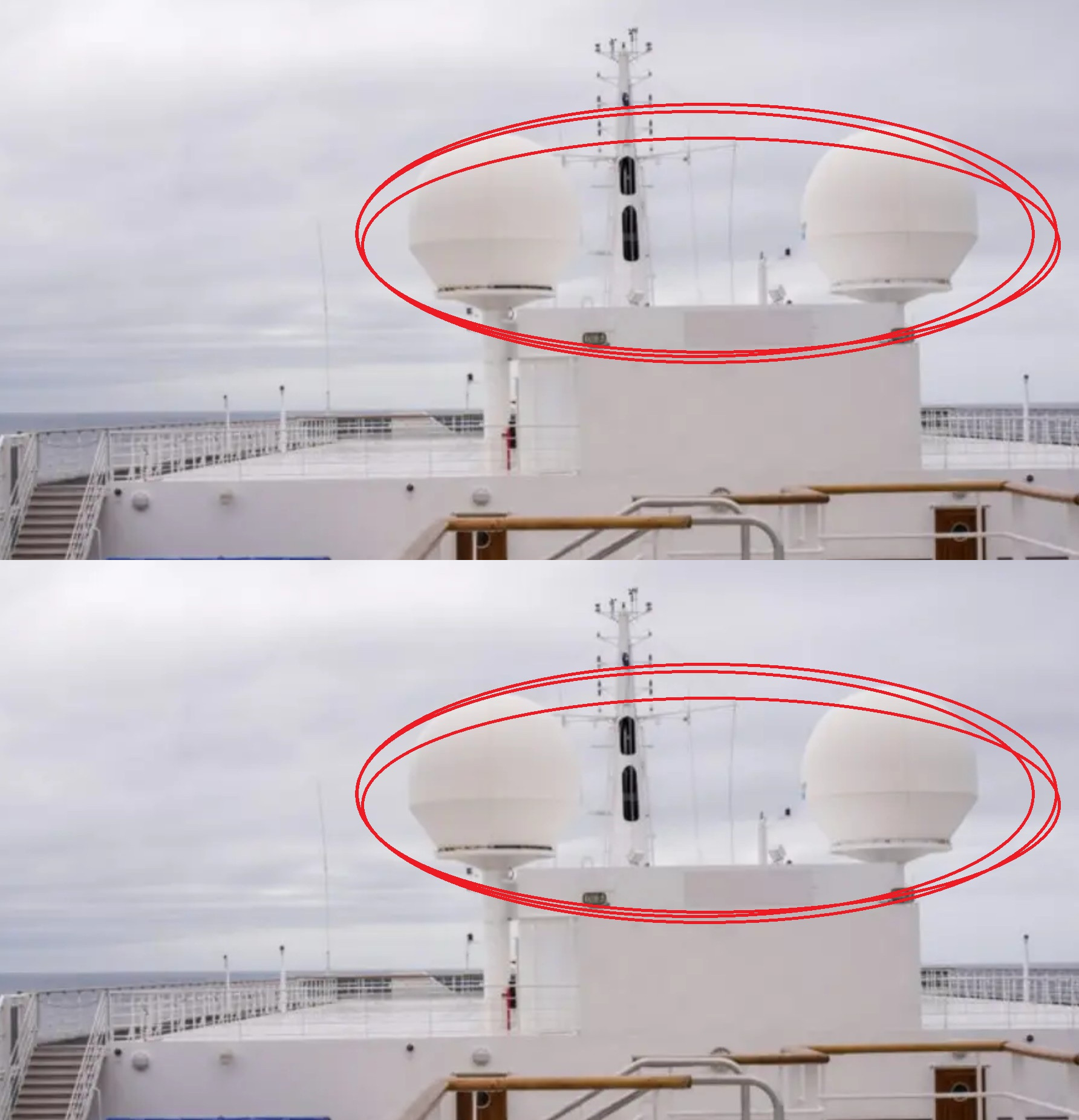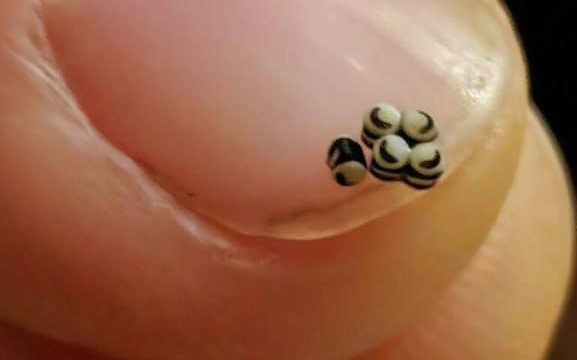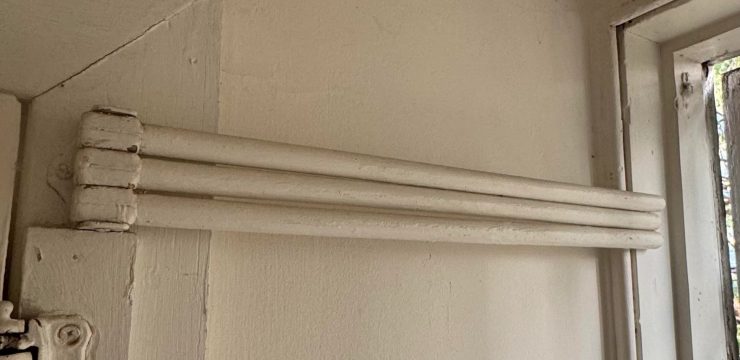If you’ve ever looked up at a cruise ship and noticed those big white balls sitting high above the decks, you’re not alone in wondering what they are or why they’re there. They may seem like futuristic ornaments or part of the ship’s sleek design, but those oversized white spheres actually serve an important and practical purpose.

They’re called radomes—a combination of the words “radar” and “dome”—and they play a critical role in helping cruise ships stay connected, safe, and well-informed while navigating the open seas. These radomes are essentially protective shells that house and shield radar antennas and satellite communication equipment. Inside these domes are delicate, high-tech systems that allow the ship to communicate with ports, nearby ships, satellites, and even provide internet access to passengers. They also enable the ship’s crew to detect other vessels, identify land masses, and avoid potential navigational hazards.
Without these radar systems, cruise ships would lose a vital layer of safety and communication, especially when far from shore or traveling through unpredictable weather. So, why are these domes always white? There’s actually a very good reason. White reflects sunlight better than darker colors, which helps keep the equipment inside from overheating. Radar and satellite systems can generate quite a bit of heat on their own, and when they’re exposed to the hot sun all day, especially in tropical or subtropical regions where cruise ships typically sail, the internal temperature can rise fast. Painting the radomes white helps maintain a cooler internal environment, protecting the technology from heat damage. On top of that, the white color blends in nicely with the ship’s overall color scheme, giving the vessel a clean, uniform look. But you won’t find these radomes on every cruise ship.
They’re most commonly seen on larger, newer, and more technologically advanced ships. Their presence signals that the vessel is equipped with up-to-date navigation and communication tools. The inclusion of radomes is almost like a badge of sophistication—proof that the ship is designed with cutting-edge maritime technology to ensure both safety and comfort for everyone onboard. As I continued digging into the subject, I found that radomes aren’t just for cruise ships.
You can spot them on airplanes, where they protect weather radar systems; on satellites, helping maintain communication links in space; and on telecommunication towers, where they shield signal equipment from harsh outdoor conditions. Basically, any time there’s a need to protect sensitive antenna systems from the elements—whether it’s wind, rain, snow, or extreme sun—you’re likely to find a radome doing the job. It’s pretty amazing to think that something as simple-looking as a white ball can hold such a crucial position in the world of transportation and communication. The next time you find yourself on a cruise—or even just admiring one from the shore—you might look at those white spheres with a new sense of appreciation. They aren’t just decorative or quirky features; they’re doing some heavy lifting behind the scenes. Thanks to them, the ship can communicate effectively, avoid hazards, navigate smoothly, and even provide Wi-Fi in the middle of the ocean. In a way, radomes are like the unsung heroes of the maritime world, quietly ensuring that everything runs smoothly without demanding attention or praise. They sit silently above the decks, unnoticed by most passengers, yet without them, the cruise experience would be very different. From staying safe during rough weather to keeping guests in touch with loved ones back home, these big white balls play a big role in modern cruising. So now, the next time you glance up and spot one, you’ll know exactly what it is and why it matters. It’s a fascinating example of how some of the most important technology is often hidden in plain sight.





